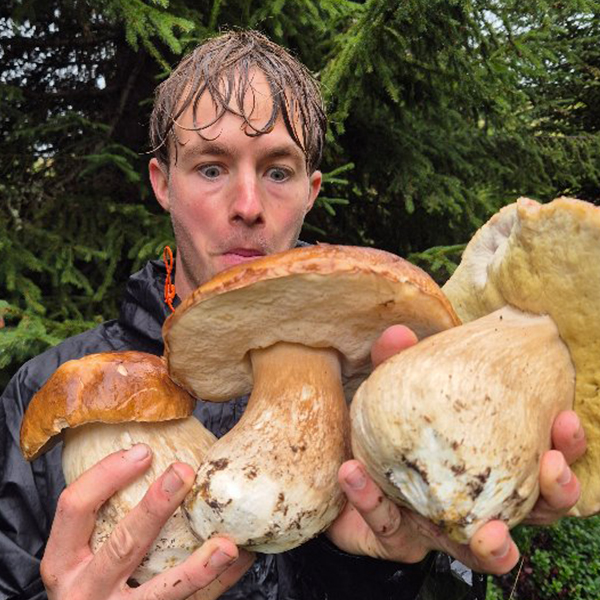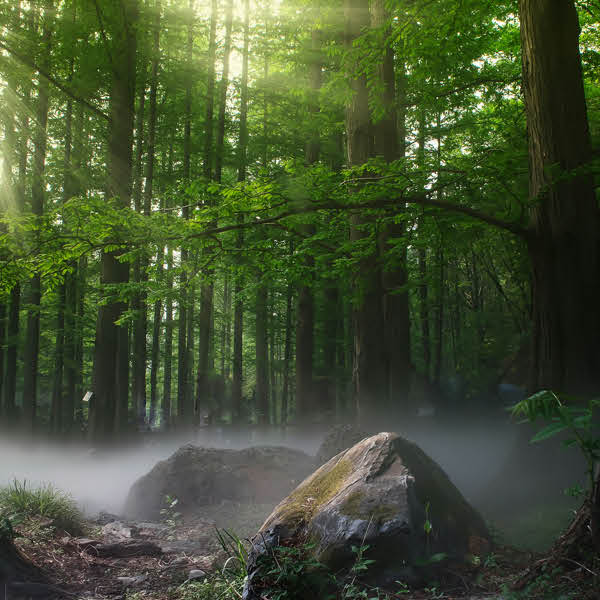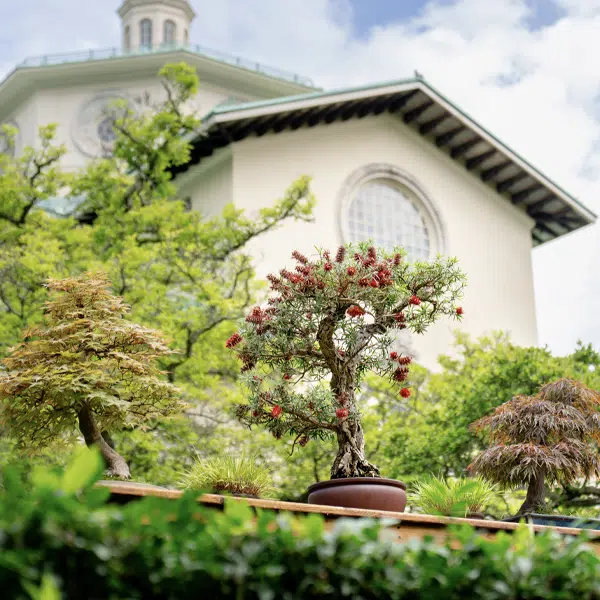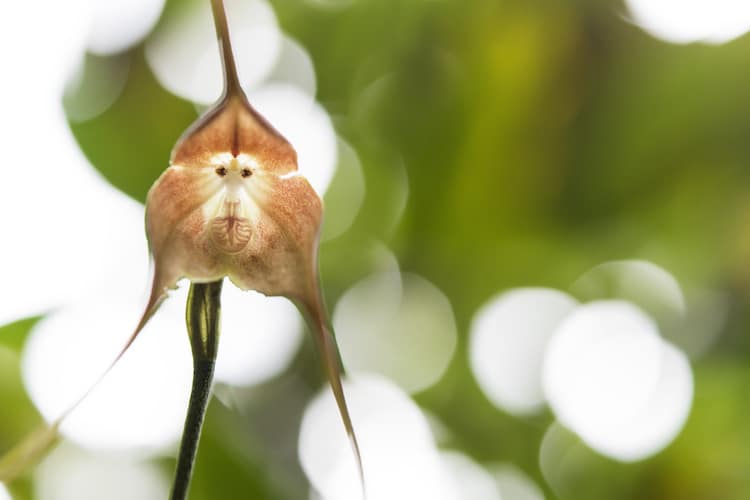
Photo: Stock Photos from cotosa/Shutterstock
With anywhere from 25,000 to 30,000 different species, orchids are one of the largest family of flowers on Earth. These unique plants have blooms that take on many different shapes and one species that grows in South America even looks like a monkey.
Dracula simia, also known as a monkey orchid, is native to southeastern Ecuador. Flourishing in the country's tropical highland forests, it's one of at least 10,000 types of orchids found in the tropics. Its long-tailed, reddish-brown flowers have a pair of dotted “eyes” that look remarkably like the face of a capuchin monkey, which makes it a sight to behold.
Besides their adorable looks, these monkey orchids are also quite fragrant. In fact, they smell like ripe oranges when in bloom. They can flower at any time of year and natively grow at around 6,500 feet. So if you want to catch a glimpse of them where they typically grow, prepare yourself for a hike.
The Dracula simia is just one of 118 species in the Dracula genus of orchids—many of which resemble monkeys. The genus got its name due to the rusty red color of several species. Though they are native to Central America and Peru, nearly half the genus can be found just in Ecuador.
These exotic flowers thrive in deep shade, love humidity, and, contrary to what you might think, prefer cold temperatures. However, if you want to take a stab at growing your own, it is possible to find vendors selling seeds online. But, before you take the plunge, please take note that cultivating these seeds isn't advised for orchid newcomers. Monkey orchid seeds are almost like dust and require specialized care in order to grow properly. And even when everything is done to perfection, it will take anywhere from three to eight years for the plant to reach blooming size.
If you feel that you have the know-how and can provide the proper environment, these are some Dracula orchids that are easier to grow: Dracula erythrocheate, Dracula bella, and Dracula cordobae. Just be sure to purchase seeds from a reputable dealer, as there are many scammers advertising monkey orchid seeds but are actually sending different species.
Dracula simia is a monkey orchid that grows in the tropical forests of Ecuador.
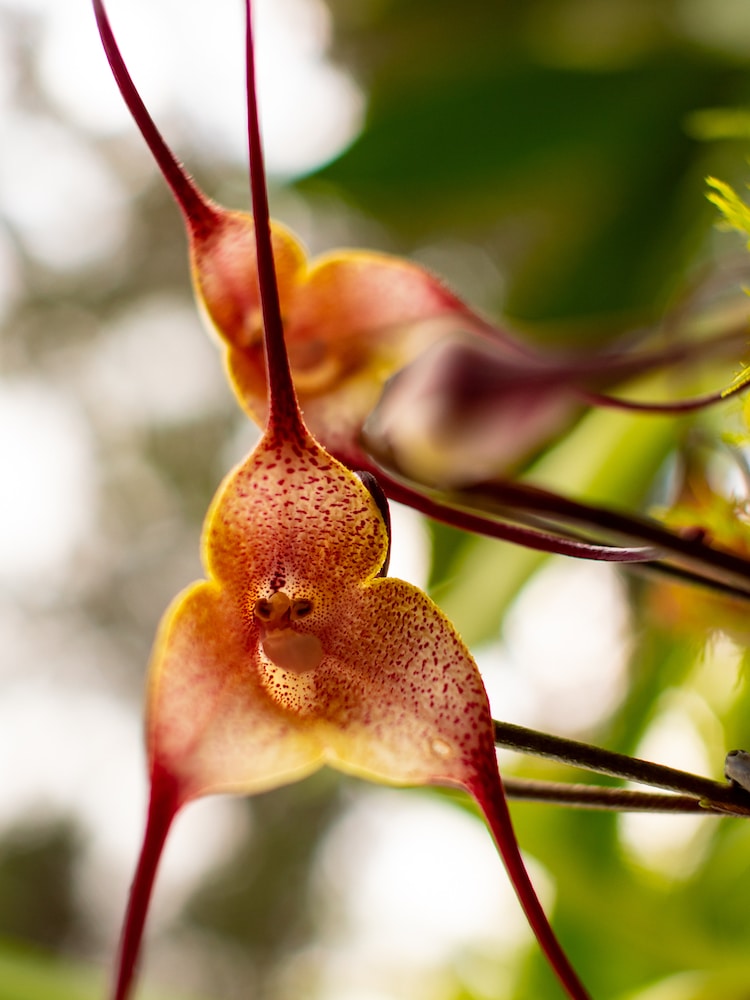
Photo: Stock Photos from Alexandre Laprise/Shutterstock
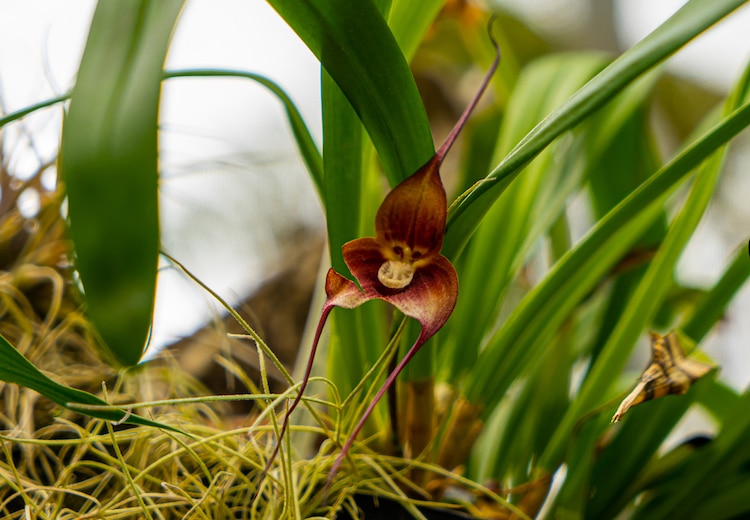
Photo: Stock Photos from angela Meier/Shutterstock
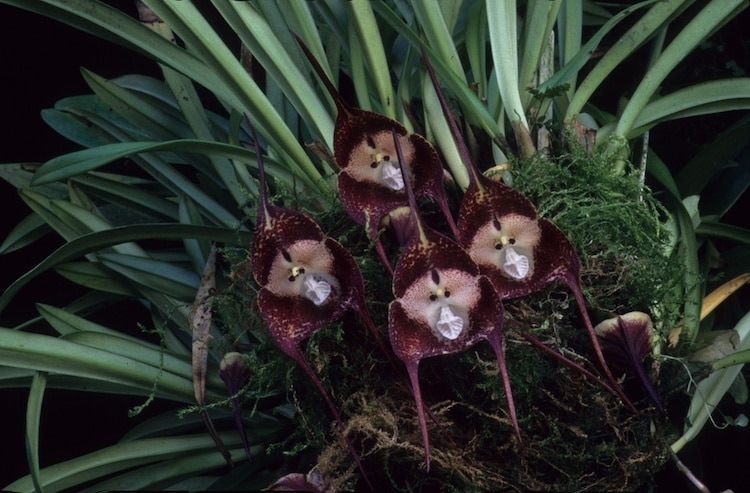
Photo: A.P. Sijm. Swiss Orchid Foundation at the Herbarium Jany Renz. Botanical Institute, University of Basel, Switzerland.
The orchid's flowers actually resemble the face of a capuchin monkey.
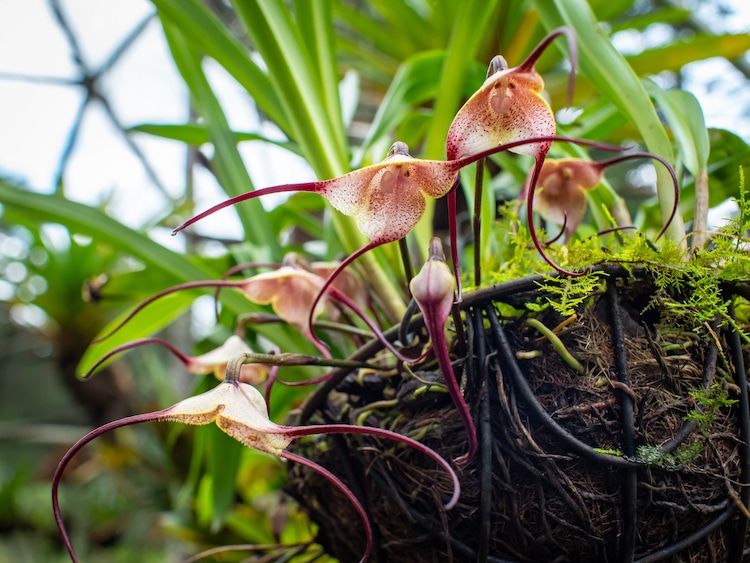
Photo: Stock Photos from Alexandre Laprise/Shutterstock

Photo: A.P. Sijm. Swiss Orchid Foundation at the Herbarium Jany Renz. Botanical Institute, University of Basel, Switzerland.
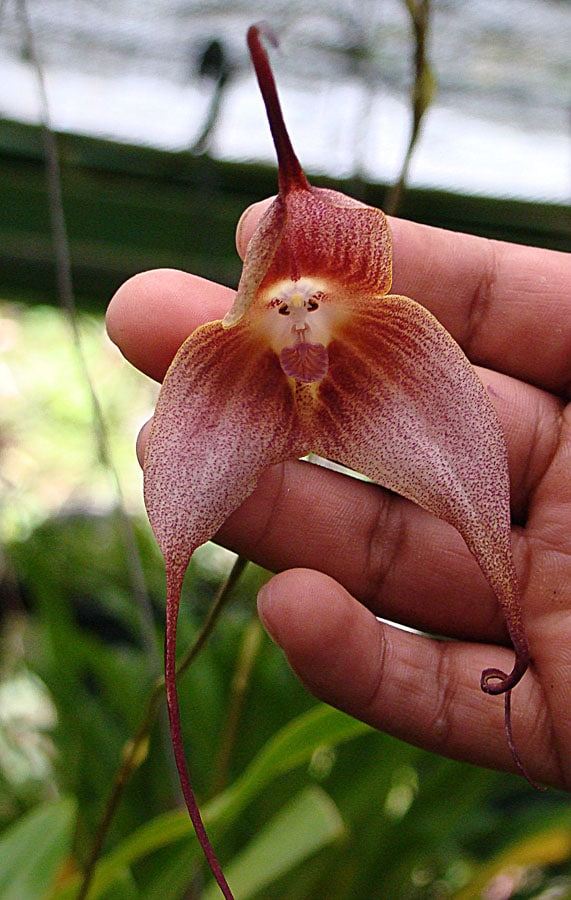
Photo: Dick Culbert via Wikipedia
Related Articles:
Adorable Succulents’ Leaves Look Like Tiny Dolphins Jumping in the Air
This Strange Plant Has Flowers with Petals Shaped Like Hummingbirds
Wondrous World of Flowers That Look Like Something Completely Different
Spectacular “Galaxy” Flowers Look Like They Hold the Universe in Their Petals











































































